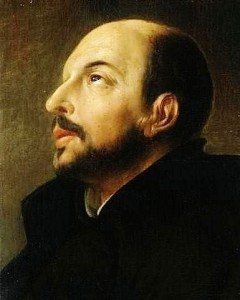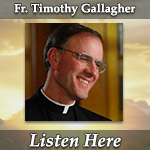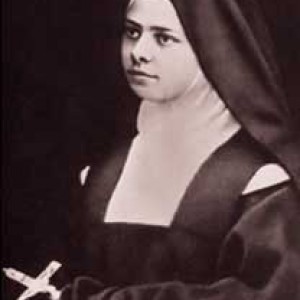Podcast: Play in new window | Download (Duration: 31:04 — 21.4MB) | Embed
Subscribe: Apple Podcasts | Spotify | Amazon Music | Android | Pandora | iHeartRadio | JioSaavn | Podchaser | Gaana | Podcast Index | Email | TuneIn | Deezer | Anghami | RSS | More
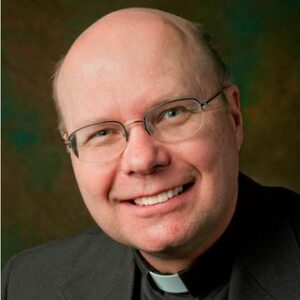 Fr. James Kubicki S.J. – A Heart on Fire on Inside the Pages with Kris McGregor
Fr. James Kubicki S.J. – A Heart on Fire on Inside the Pages with Kris McGregor
In this episode of Inside the Pages, Fr. James Kubicki discusses his book A Heart on Fire: Rediscovering Devotion to the Sacred Heart of Jesus. He explores the meaning and history of this devotion, tracing it back to the early Church rather than starting with St. Margaret Mary. Fr. Kubicki explains that the heart of Jesus represents his whole being, particularly his self-giving love and compassion. Through stories like that of Admiral Jeremiah Denton, he illustrates how trust and surrender to Christ can be transformative even in the darkest trials. This devotion is not sentimental nostalgia, but a profound spiritual path rooted in Scripture, Eucharistic spirituality, and the Church’s tradition.
The Sacred Heart calls Christians to deeper prayer and action. Fr. Kubicki highlights that devotion must be lived out—through practices like the Morning Offering, family consecration, and awareness of Christ’s presence throughout daily life. Far from being a private piety, he presents it as a way of participating in Jesus’ compassionate response to the suffering of the world. The Sacred Heart, he explains, helps move the faithful from intellectual assent to a loving, personal relationship with Christ, guiding them to integrate head and heart in their spiritual lives and sacramental worship.
You can find the book here
Discerning Hearts Reflection Questions
- How does understanding the Sacred Heart of Jesus as a symbol of His whole person and love affect your personal relationship with Him?
- In what ways can you offer your daily joys and sufferings to Jesus as part of a spiritual “morning offering”?
- How does the story of Admiral Denton challenge you to deepen your trust and surrender to Christ in times of hardship?
- What does it mean for your home and family life to enthrone the Sacred Heart of Jesus as king and center?
- How can devotion to the Sacred Heart lead you to greater awareness of and response to the suffering of others?
- Are there aspects of your faith life that remain only intellectual, and how might you allow them to move into your heart?
- How can participation in the Eucharist become more personal and prayerful for you through devotion to the Sacred Heart?
- What might Jesus be asking you to let go of in your life in order to love more fully with His heart?
- How do the lives of saints like St. Gertrude, St. Margaret Mary, or Mother Teresa inspire your own devotion to the Sacred Heart?
- What practical steps can you take this week to live out the love of Christ’s heart in your interactions with others?
About the Book
In A Heart on Fire: Rediscovering Devotion to the Sacred Heart of Jesus, Rev. James Kubicki, SJ, presents a persuasive and engaging guide to the Sacred Heart of Jesus, an age-old and often misunderstood Catholic devotion. He delves into the rich theological and spiritual roots of the devotion and demonstrates how the faithful may encounter the Sacred Heart of Jesus in one another, scripture, the sacraments, and especially in the Eucharist.
Fr. Kubicki, former national director of the Apostleship of Prayer (now the Pope’s Worldwide Prayer Network), brings to life the rich imagery associated with the devotion’s history and provides a contemporary look at traditional devotions like the Twelve Promises, family consecration and enthronement, the Sacred Heart Badge, the Litany of the Sacred Heart, holy hours, and devotion to the Immaculate Heart of Mary.
About the Author
Fr. James Kubicki, SJ, serves as a spiritual director at St. Francis de Sales Seminary in the Archdiocese of Milwaukee. He is a popular conference and parish mission speaker, retreat director, and the author of A Heart on Fire and A Year of Daily Offerings.
Kubicki previously served as the national director of the Apostleship of Prayer (now the Pope’s Worldwide Prayer Network) and as the president of St. Francis Mission on South Dakota’s Rosebud Reservation. Kubicki entered the Society of Jesus in 1971 and was ordained in 1983. He has served the Jesuits in numerous capacities including, vocations, priestly formation, and deacon and lay ministry formation.

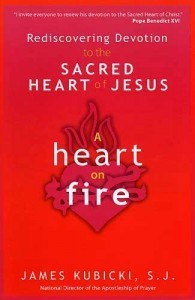
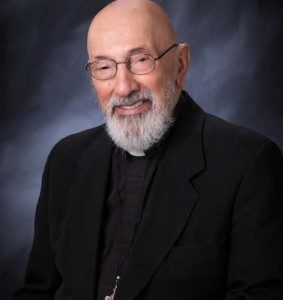
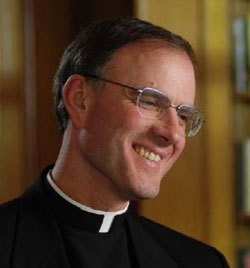
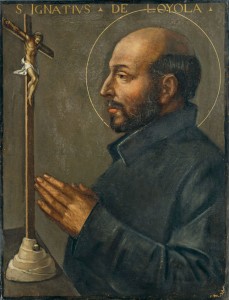
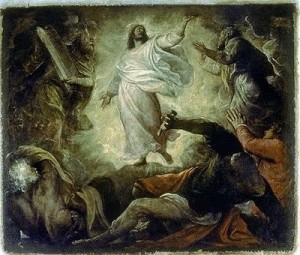 From the NAB Gospel: Luke 1:26-38
From the NAB Gospel: Luke 1:26-38